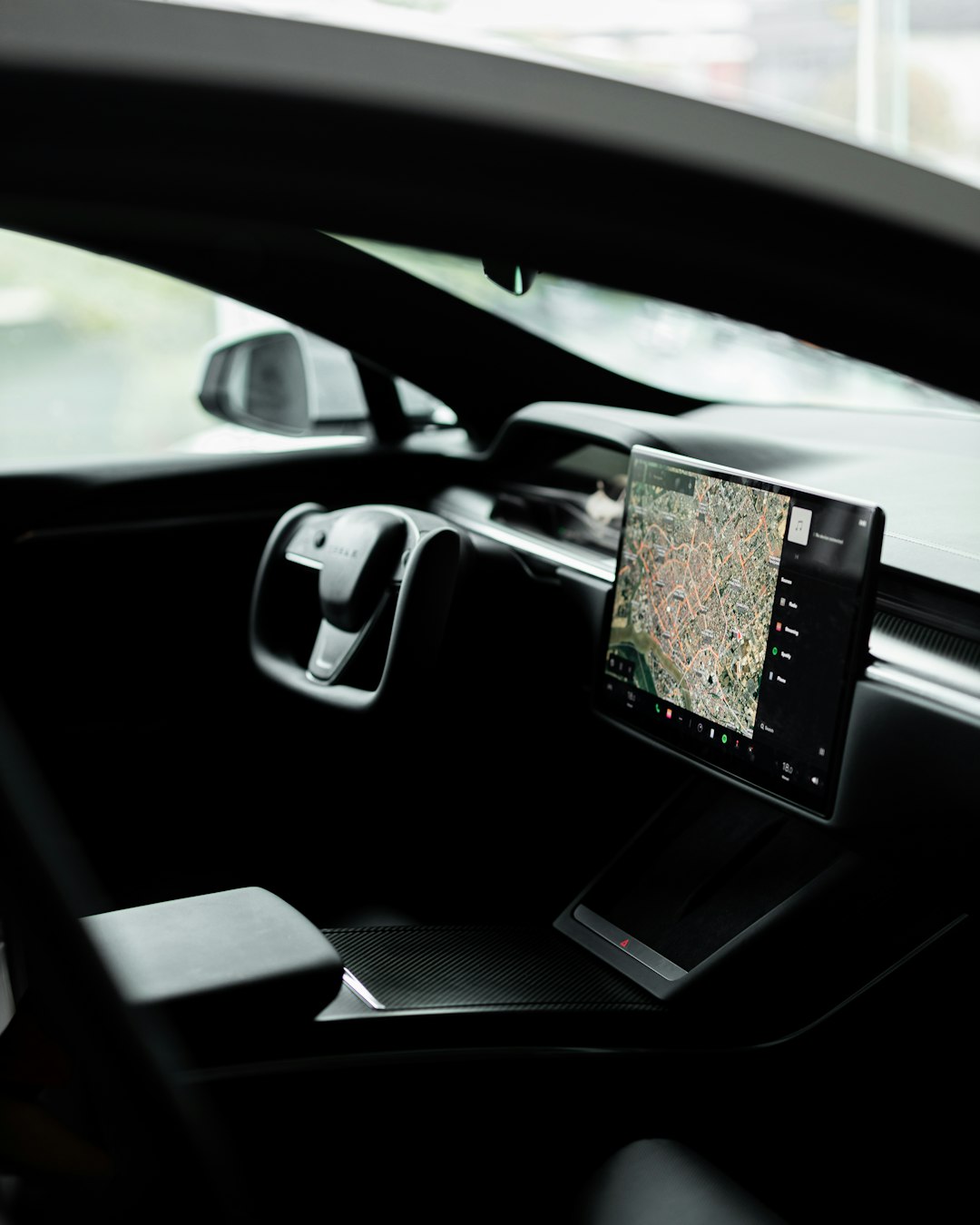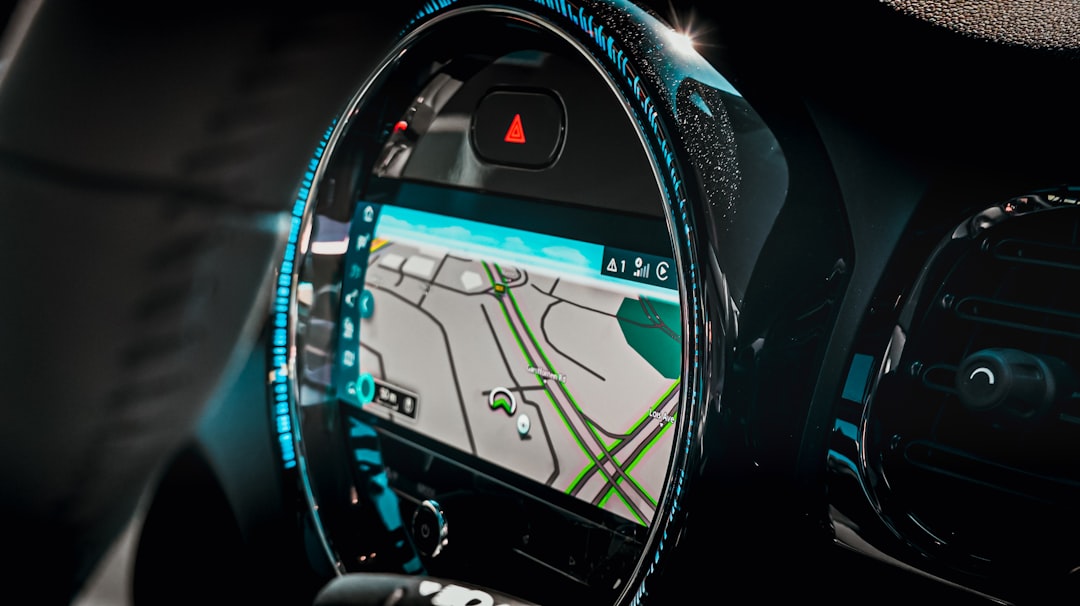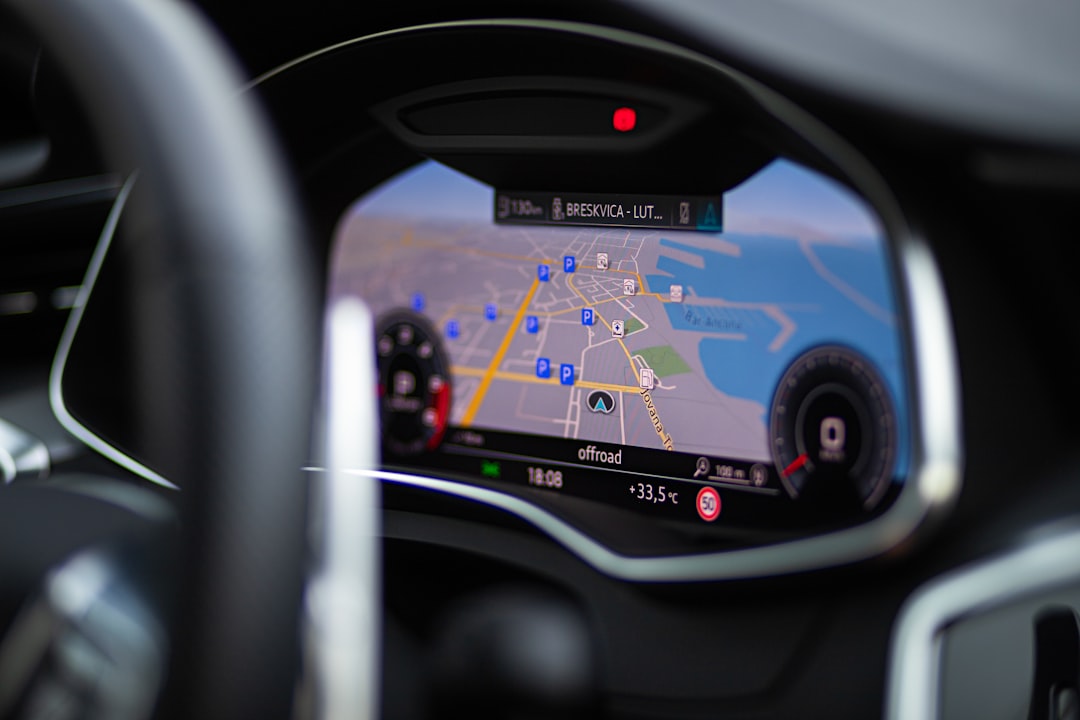The rise of electric vehicles has ushered in an era of advanced automotive technology, with Tesla leading the charge. While Teslas are renowned for their cutting-edge systems and software, even the most advanced vehicles are not immune to technical glitches. Two common issues that Tesla owners may encounter involve the vehicle’s cameras becoming unavailable and the navigation system ceasing to function. These problems can impact driving safety and the overall user experience, especially since features like Autopilot rely heavily on effective camera operation and GPS accuracy. In this article, we’ll explore how to troubleshoot and fix these common yet critical issues.
Understanding the Issues
Before jumping into potential solutions, it’s essential to understand what’s causing these problems. When Tesla’s cameras are unavailable, drivers often receive warning messages or may find that Autopilot and related driver assistance functions are temporarily disabled. Similarly, if the navigation system stops working, real-time directions, Supercharger routes, and estimated arrival times can be seriously disrupted.
Common Warning Messages
- “Cameras unavailable”: This may show up on the driver instrument panel or center display.
- “Navigation not working”: The GPS display may freeze or show inaccurate vehicle positioning.
Beneath these alerts lies a network of software and hardware that must operate in perfect harmony. Connectivity issues, hardware malfunctions, outdated software, or even environmental conditions can contribute to these warnings.

Step-by-Step Guide to Fixing Tesla Cameras Unavailable
1. Perform a Soft Reboot
The first and simplest step you should try when encountering unavailable cameras is a soft reboot. This will not erase any personal data or vehicle settings.
- Put the vehicle in Park.
- Press and hold both scroll wheels on the steering wheel until the screen goes black.
- Wait for the Tesla logo to reappear. This may take up to a minute.
After rebooting, give the system a few moments to check if the cameras become operational again. This fix works well for temporary software glitches.
2. Check Camera Lens Visibility
External cameras can become obstructed by environmental debris or adverse weather conditions. Tesla’s vision system relies on clarity and unobstructed views.
- Ensure that the camera lenses are clean and free of dirt, snow, or condensation.
- Use a microfiber cloth and non-abrasive cleaner to gently clean each lens.
There are multiple cameras located on the side mirrors, front fenders, windshield, and bumpers. Be thorough in your inspection.
3. Inspect for Hardware Failures
If cleaning and rebooting do not resolve the problem, the issue may lie in a hardware fault.
- Assess whether a recent accident or impact could have disturbed camera alignment or connections.
- Check your Tesla app for any reported service alerts or diagnostic error codes.
If a camera module is defective, replacing or recalibrating the camera may be required. Contact Tesla Service through your app for diagnosis and repair scheduling.
4. Update Vehicle Software
Running outdated software may result in bugs that affect camera function. Ensure your Tesla’s software is up to date:
- Connect the vehicle to Wi-Fi.
- Navigate to Controls > Software on the touchscreen display.
- Tap “Check for Updates.”
After installation, a system reboot is often mandatory. New software versions regularly include camera-related performance improvements and bug fixes.
Troubleshooting Tesla Navigation Not Working
1. Check GPS Signal Strength
The Tesla navigation system relies on satellite connectivity. If the GPS signal is weak or unavailable, your car’s positioning may be off.
- Drive to an open area with a clear sky, away from tall buildings or tunnels, which may block GPS signals.
- Wait a few minutes to see if the navigation starts to recalibrate your location.
If GPS signal remains weak, there might be an internal hardware issue with the GPS receiver.
2. Verify Internet Connectivity
Many Tesla navigation features, like live traffic and Supercharger availability, require constant internet access.
- Check the top-right corner of the main display for LTE or Wi-Fi connectivity.
- If no signal is present, consider resetting your vehicle’s connection:
- Toggle the connection between LTE and Wi-Fi in the settings menu.
- Reconnect to a different Wi-Fi network if possible.
- Reboot the infotainment system.

3. Hard Reset (Power Cycle the Vehicle)
If basic resets did not fix the problem, a full power cycle might help clear persistent errors affecting navigation or GPS.
- Tap Controls > Safety > Power Off.
- Wait at least 5 minutes with all doors closed.
- Without touching the brake or any buttons during this time, allow the system to shut down completely.
- After 5 minutes, open the door or press the brake to turn the car back on.
A full power cycle can clear stubborn bugs that soft reboots can’t resolve.
4. Verify Software Version and Map Data
Tesla periodically releases map updates to enhance navigation routing and accuracy. Outdated or corrupted map files can trigger navigation issues.
- Check Settings to ensure the latest version of the navigation database is installed.
- If no recent update has been received, contact Tesla Service to request a manual update.
When to Contact Tesla Support
Despite your best efforts, some issues may persist. If resetting, cleaning, and updating don’t solve the problem, it’s time to reach out to Tesla’s support team. Key indicators that professional service is required include:
- Persistent error messages after multiple resets.
- Visible physical damage to external camera housings.
- GPS position consistently showing inaccurate or completely wrong locations.
- Autopilot and Navigate on Autopilot always disabled.
You can book a service appointment via the Tesla mobile app. Tesla may also be able to diagnose and resolve certain issues remotely through software diagnostics, which minimizes the need for in-person visits.
Preventive Measures to Avoid Future Issues
While not all issues are preventable, some best practices can reduce the likelihood of encountering camera and navigation problems:
- Keep all external cameras clean and ensure they are not obstructed by aftermarket modifications.
- Park your Tesla in sheltered areas to protect it from harsh weather conditions that may affect GPS and sensors.
- Check regularly for software updates and install them promptly.
- Avoid slamming doors or bumping panels—internal components like wiring harnesses for cameras can be delicate.
Conclusion
Driving a Tesla is a high-tech experience, and when critical features like cameras and navigation fail, it can be both frustrating and disruptive. Fortunately, most issues have clear solutions that range from simple resets to software updates. By following these troubleshooting steps methodically and staying up to date, you can keep your Tesla running smoothly and safely. When in doubt, don’t hesitate to rely on Tesla’s capable support infrastructure to assist with more serious concerns.
Technology, while powerful, can sometimes falter—but knowing how to respond makes all the difference.
 logo
logo



